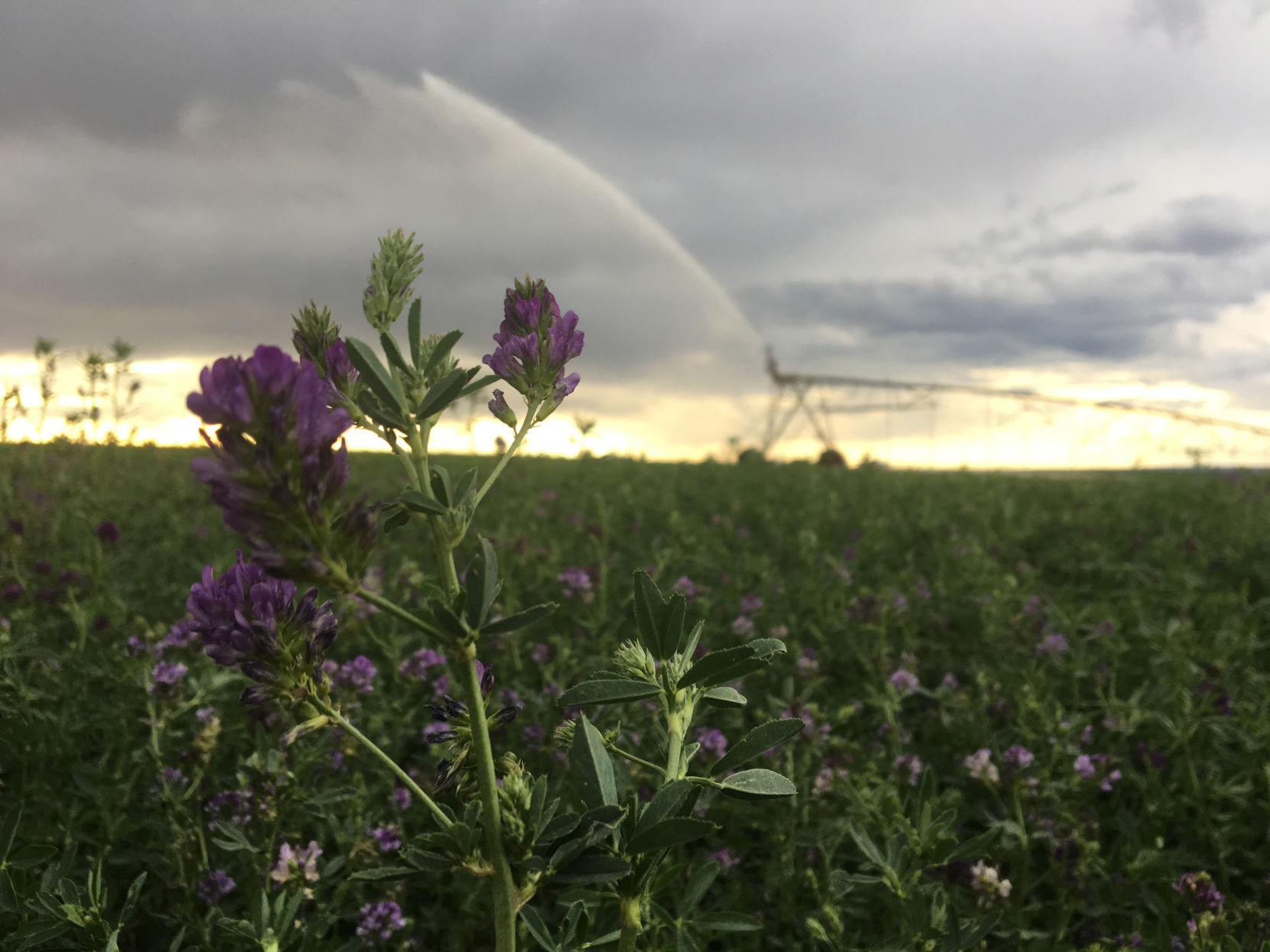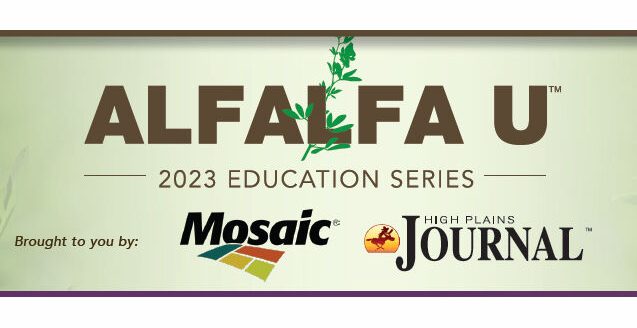Leaf loss in alfalfa crops is one topic that is sure to get the attention of experts.
One of those is Dan Undersander who has worked with alfalfa producers for many years. He is a forage professor emeritus at the University of Wisconsin-Madison.
Undersander said there are numerous situations where farmers wondered why forage quality was not as expected. “The farmers did not recognize leaf loss, which caused the reduced quality.”
The result is they missed the connection with yield loss and leaf loss.
The most common problems are raking or merging hay when it is too dry, Undersander said. This is both from moving forage when 30 to 40% moisture and also from raking and merging without dew on the forage.
The other problem is not having the baler or chopper pickup speed adjusted to ground speed, he said.
Drought conditions are on the minds of many producers and he said the condition tends to shorten plants and increase leaf percentage.
Undersander encourages producers to make sure the right nutrients are available to be taken up by the plant prior to harvest. .
That starts with a soil test and even a tissue test and then fertilizing accordingly.
“The other thing to be considered if leaf loss is occurring on standing plants is to consider using a fungicide,” Undersander said.
Alfalfa is an important feed and, in some cases, travels many miles to dairies and beef operations.Proper shipping procedures help.
“Leaf loss in shipment occurs from the surface of exterior bales,” he said. “The loss is small. If individuals are concerned, the truck load can be covered with a tarp. However, most haulers have not considered the loss reduction worth the extra labor of covering the load.”
Undersander said producers need to understand the loss of yield and quality in the context of higher prices.
In a spreadsheet he provided to calculate losses, he said, the concept is that alfalfa at the bud stage should be 50% leaves. Any lower number indicates a loss of yield and quality.
Now retired, Undersander has been part of a research program with four major objectives including determining factors affecting alfalfa plant health and survival; best management for harvested forage—big bale wrapping, fermentation of silage; optimum management practices for intensively grazed pastures considering forage, yield, quality, and effect on wildlife; and developing equations for Near Infrared Reflectance spectroscopy for release to commercial forage testing laboratories.
Undersander has worked with Extension specialists and county agents from across the state with the goal of providing the latest information to growers.
Dave Bergmeier can be reached at 620-227-1822 or [email protected].
Sign up for HPJ Insights
Our weekly newsletter delivers the latest news straight to your inbox including breaking news, our exclusive columns and much more.




